Proper maintenance of swimming pool heater parts is essential for ensuring the longevity and efficient operation of your pool heating system. By undertaking regular maintenance, you can minimize the risk of costly repairs and prolong the lifespan of your pool heater. It is especially important to consider maintenance practices for the different types of pool heaters commonly used, including electric pool heaters, gas pool heaters, pool heater heat pumps, and inground pool heaters.
| Table of contents: How Does a Pool Heater Work? How do Different Types of Heaters Work? Maintaining Specific Pool Heater Parts Troubleshooting Pool Heater Tips for Maintaining Swimming Pool Heaters |
How Does a Pool Heater Work?
A pool heater utilizes various components to raise the water temperature in a swimming pool, providing comfort and extending the swimming season. Understanding the key parts of a pool heater is essential for grasping its functionality and maintenance requirements.
Essential Swimming Pool Heater Parts
Pool heater heat exchanger: This component transfers heat from the heating source (electric, gas, or heat pump) to the pool water, raising its temperature as it circulates through the heater.
Pressure switch: The pressure switch is a safety feature that monitors water flow and pressure, ensuring the heater operates within safe parameters and activating safety shut-offs if needed.
Control panel: The control panel allows the user to set and monitor the desired water temperature and operational settings of the pool heater.
Bypass valve: In some pool heating systems, a bypass valve allows for redirecting water flow, providing a means to regulate water flow through the heater and improve energy efficiency.
Ignition system: Comprises the pilot light or electronic ignition system in gas heaters for igniting the gas.
Flow switch: Ensures adequate water flow through the heater before operation to prevent overheating damage.
Temperature sensors: Sensors measure pool water temperature to help regulate the heater's operation.
Fan and venting components: Essential for removing combustion by-products and maintaining proper airflow in gas heaters.
Electrical components: Includes wiring, fuses, and other electrical parts necessary for electric pool heater operation.
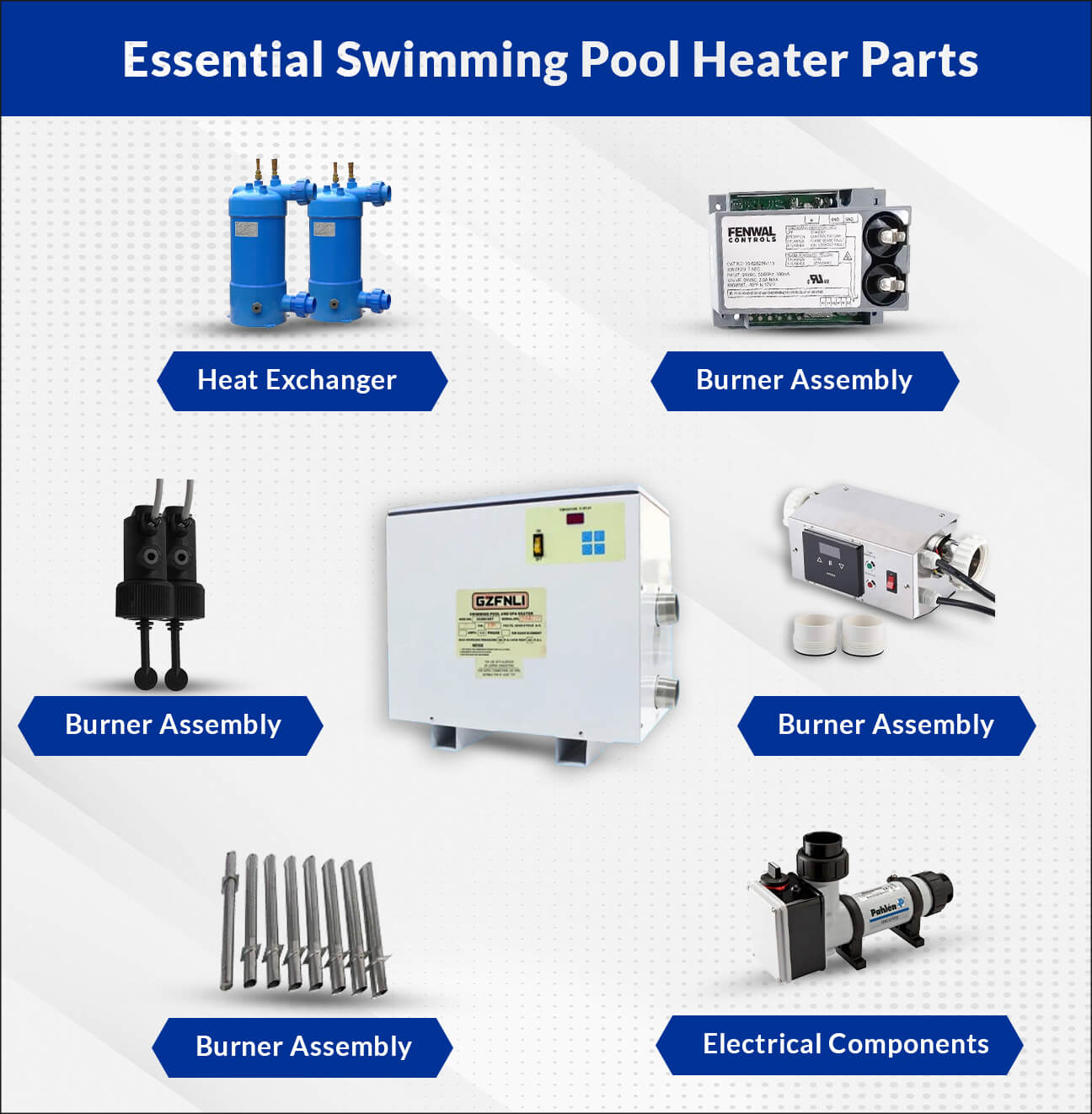
How do Different Types of Heaters Work?
Electric pool heater: Electric pool heaters utilize electric resistance elements to heat the water as it passes through the heating chamber. They are suitable for keeping constant temperatures but may be costly to operate.
Gas pool heater: Gas pool heaters use either natural gas or propane to heat a combustion chamber, which then transfers the heat to the pool water via the heat exchanger. They offer quick heating and are suitable for all climates but can have higher upfront costs.
Pool heater heat pump: Heat pumps extract heat from the surrounding air and transfer it to the pool water through the heat exchanger. They are energy efficient but are suitable for use in moderate climates and may take longer time to heat than gas heaters.
Maintaining Specific Pool Heater Parts
Pool heater heat exchanger: The pool heater heat exchanger is a vital component that requires regular cleaning and maintenance for optimal performance. To ensure efficient heat transfer and prevent issues such as corrosion and scaling, it is essential to clean the pool heater heat exchanger periodically. Start by turning off the pool heater and allowing it to cool down. Then, carefully remove any debris, sediment, or scale buildup from the heat exchanger using a soft brush or a mild cleaning solution. Rinse thoroughly to remove any remaining residue.
Pool heater control panel: Regularly checking and troubleshooting the pool heater control panel is essential to ensure proper operation and avoid potential malfunctions. The temperature is set on the surface of the pool heater control panel as well as observing its function. The control panel of your dishwasher should be checked each week for error codes, noises, or issues with the light at least. Get to ensure that all the buttons parts and settings are in good functioning.
Pool heater pressure switch: Inspecting and replacing the pool heater pressure switch when needed is crucial for the overall functionality of the heating system. The pressure switch helps regulate water flow and pressure within the heater, ensuring safe and efficient operation. Periodically check the pressure switch for signs of wear, corrosion, or malfunction.
Troubleshooting Pool Heater
When dealing with difficulties like a pool heater that isn't working or leaking water, it's critical to take particular procedures to diagnose and efficiently fix these typical concerns.
Check power supply: If your pool heater isn't working, make sure the power supply is connected and operating. Check that the circuit breaker has not tripped and that the heater is receiving electricity.
Inspect thermostat settings: Adjust the thermostat settings to ensure they are properly configured. Incorrect settings may cause the pool heater not to function properly.
Examine the gas supply: For gas-powered heaters, make sure the gas supply is turned on and that there are no leaks in the gas line, which could cause a pool heater to not function properly.
Check for blockages: If you find a pool heater leaking water, inspect the system for any blockages or clogs that could be allowing water to escape in unexpected places.
Inspect the heat exchanger: A leaking pool heater may suggest an issue with the heat exchanger. Examine this component for any damage or corrosion that could result in water leaks.
Review pressure levels: Check the pressure levels in the pool heater system. Low or excessive pressure can cause malfunctions, such as a pool heater not operating properly or leaking water.
Evaluate pump operation: Ensure that the pool pump is working properly. A faulty pump can disrupt the general operation of the pool heater, contributing to problems such as leaks or insufficient warmth.
Tips for Maintaining Swimming Pool Heaters
Maintenance Task | Description |
Regular inspection & cleaning | Inspect and clean essential components like the heat exchanger and pressure switch to avoid junk buildup and guarantee adequate airflow and heat transfer. This prevents damage and improves efficiency. |
Maintaining inground & electric pool heaters | Regularly service and clean your inground and electric pool heaters to avoid clogging or scale accumulation, ensuring optimal heat transfer and system longevity. |
Preventative measures | Ensure that the pool heater bypass valve is in good working order to regulate water flow, minimize overheating, and avoid high pressure, which could result in costly repairs. Regular inspections can help the system work properly. |
Swimming pool heater parts must be maintained in order for your pool heating system to last as long as possible and operate efficiently. Pool owners can protect their pool heaters from premature wear and tear and costly repairs by following a comprehensive maintenance routine that includes regular inspections, professional servicing, cleanliness and ventilation, water chemistry management, proper installation, filter and pump maintenance, and winterization. USA Pool Shop offers a wide range of swimming pool heater parts and controls from various manufacturers. These include pressure switches, thermostats, sensors, and control boards, all designed to ensure your pool heater operates safely and efficiently. Get the parts you need now
FAQs
Why is it important to check pool heater parts regularly?
Regularly checking pool heater parts helps identify early signs of wear or damage, preventing breakdowns and avoiding costly repairs by addressing issues before they worsen.
What is an inground pool heater?
An inground pool heater is a device used to regulate and maintain the water temperature of inground pools, providing a comfortable swimming experience. Common types of inground pool heaters include gas heaters, electric heaters, and heat pumps.
What are the best practices for maintaining both gas and electric pool heaters?
Regularly clean the heater, check for debris, inspect components for wear, maintain proper water flow, balance water chemistry, and clean the heat exchanger annually.
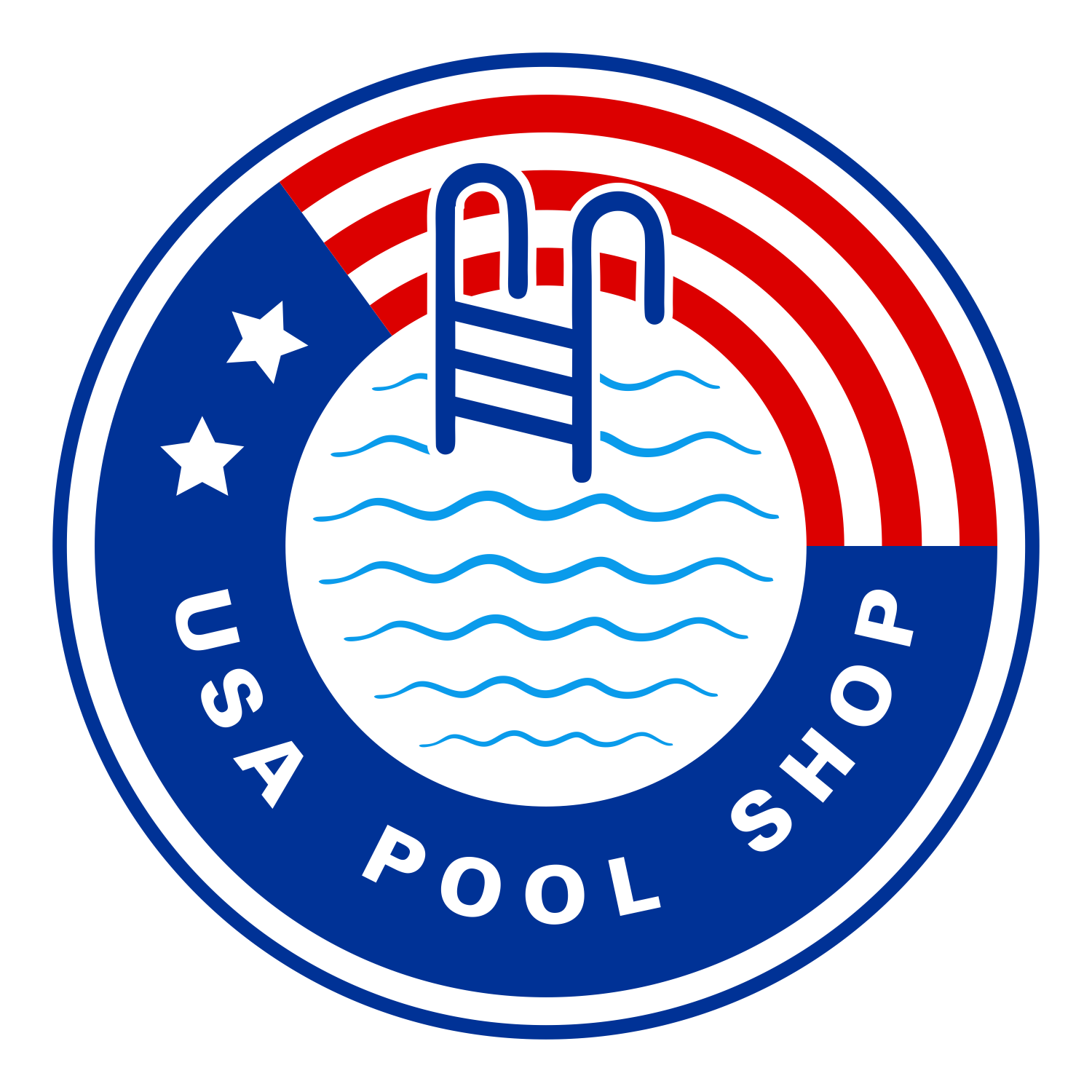
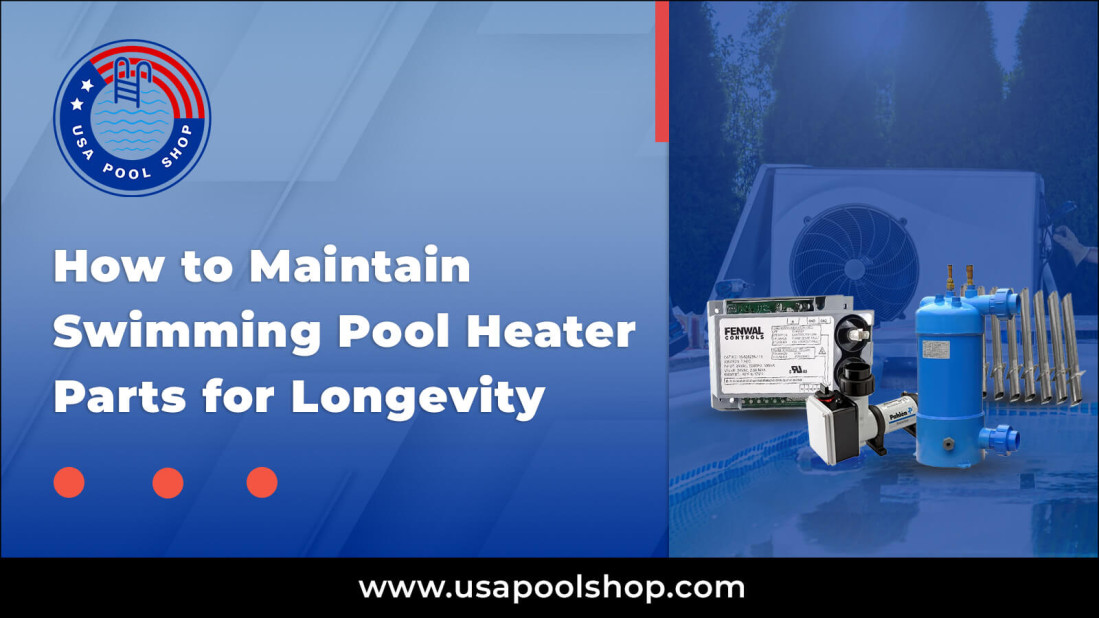
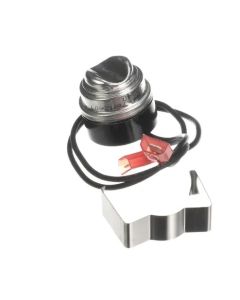
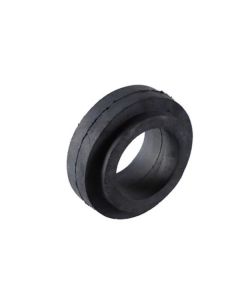
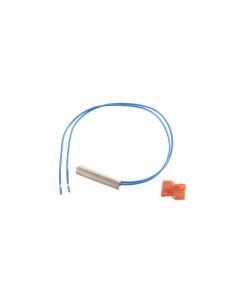
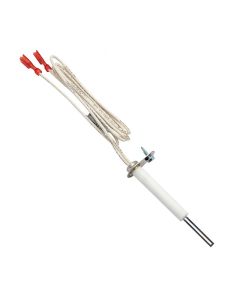
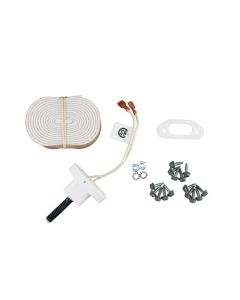


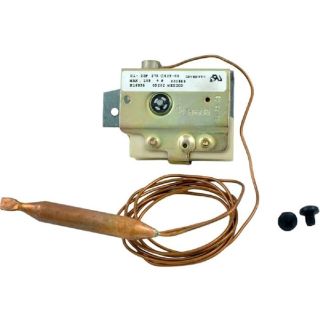


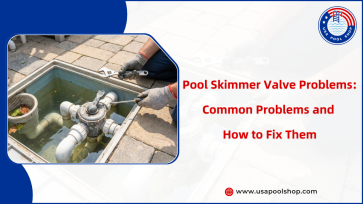

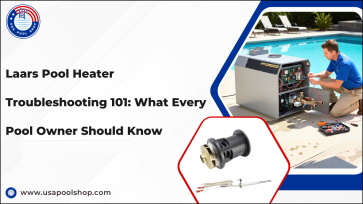
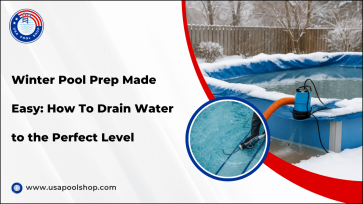

Validate your login